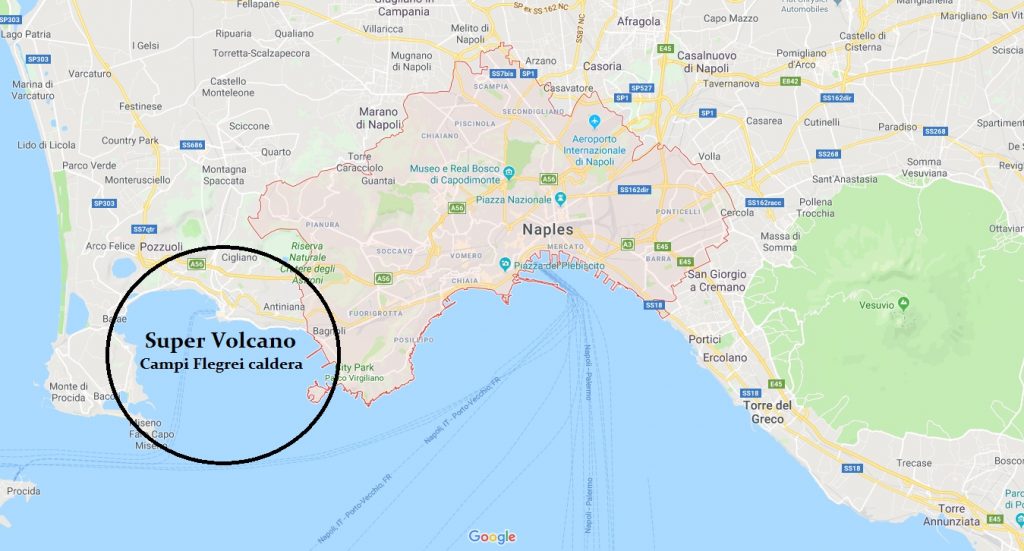Volcanic Activity on the Rise
QUESTION: You have opened my eyes to the fact that volcanoes. I believe your computer was forecasting a rise in volcanic activity starting in 2025. Do you have any data that can suggest the risk from the supervolcano at Yellowstone?
Pat
ANSWER: The Yellowstone supervolcano in Wyoming is one of Earth’s most potent volcanic systems. Known for its catastrophic eruptions in the distant past, it remains a natural wonder for tourists and keeps scientists on their toes. Recent studies have revealed subtle but intriguing activity deep beneath its surface, prompting questions about the volcano’s future behavior.
The data is too vague to make an accurate forecast. We know there were pretty sizeable rhyolitic lava flows in the caldera between 180,000 and 70,000 years ago. That does not help with a cyclical model. We can see evidence that a very steep caldera wall, 500 m tall, formed when the eruption of Lava Creek was estimated to be about 640,000 years ago. The thick West Yellowstone rhyolite lava flow was part of the 110,000 years ago, and the Nez Perce Creek flow erupted 160,000 years ago.
The historical data for Yellowstone is not sufficient to create a forecast. We must correlate this with regions where we have more data.
There are a number of Supervolcanoes around the world, and perhaps the most recent one to erupt was in Italy. The BBC and the Discovery Channel story on Yellowstone 2005 popularized the term Supervolcano. According to the United States Geological Survey (USGS), a supervolcano is any volcanic center that has explosively erupted at least 1,000 cubic kilometers (240 cubic miles) of fresh volcanic material in a sudden, violent manner – in a so-called supereruption – often producing a huge depression crater named a caldera. Italy’s Campi Flegrei volcano has been showing signs for the first time in nearly 400 years that it is still alive and well and capable of making many people experience a very bad day.
Aside from Yellowstone, the largest volcanic eruption in the Northern Hemisphere in the past 100,000 years has been attributed to a Supervolcano, which erupted some 39,400 years ago in what is known as the Phlegraean Fields by Naples, Italy. This has been documented from several sources. The ashes from this eruption were distributed over the entire eastern Mediterranean and up to central Russia. This colossal event also produced a Volcanic Winter, the worst thing for the rest of the world, which resides at a safe distance from the actual Supervolcano.
We are witnessing a rise in volcanic activity as we enter solar minimum. Hopefully, we are not facing a catastrophic volcanic winter period. However, it also raises concerns that a pole shift can be far more rapid than previously anticipated. I believe that people prefer to assume uniformity rather than a catastrophe. A stalagmite-based paleomagnetic record of the post-Blake excursion reveals details of repeated polarity drifts that have occurred during periods of low geomagnetic field intensity at 100 thousand years before present around the time of this Naples eruption. One surprisingly abrupt centennial reversal transition occurred in 144,000 provides unprecedented evidence that raises fundamental questions about the speed of geomagnetic field shifts. Such rapid polarity changes could severely affect satellites and human society if the current geomagnetic field intensity decreases.
We have a pole shift, climate change, and volcanic eruptions that seem to be correlated. Our correlation models have warned that this is something that needs to be investigated. For the first time, laying out this record produces what appears to be a single geological archive, creating a precise chronological order. These types of events can take place in the space of even just a single decade.
The recent events at the Campi Flegrei volcano have, for the first time in nearly 400 years, provided a warning sign. The ground at the center of the caldera has bulged up by 4 meters, warning that lava is collecting once again. This uplifting curiosity began in 1985 with this ECM wave. Since July 2024, there has started to be a swarm of earthquakes, which is never a good sign. Vesuvius’s two most recent eruptions were 1875–1906 and again 1913–1944. There is a cyclical risk of this rising again between 2025 and 2030.
Keep in mind that the eruptions at the Supervolcanic level took place around 315,000, 205,000, 157,000, and 18,000 years ago. A minor event is still at the level of Vesuvius as in 79AD – nearly 1850 years ago. So, while we no doubt face a major Supervolcanic event, we may see major volcanic events that are still not at the supervolcano level. Anyone who has visited Rome has most likely visited the catacombs. These underground tunnels are volcanic in nature and around Rome, mainly consisting of a variably soft stone called tuff (tufa). This was soft enough terrain that was well suited for catacomb burial. It was relatively easy to dig tunnels for galleries. All of this is from this region of the Naples and the supervolcano.




